Shiitake, or Lentinula edodes, are arboreal mushrooms, as they grow on deciduous trees. Shiitake mushrooms are a delicacy originally from Asia, where they are considered the most delicious and most healthy. For many centuries, eastern healers have used this product to treat a variety of ailments, and today researchers have found scientific evidence of the anti-cancer properties of shiitake.
Content
Characteristic features of the variety
Shiitake, or lenthyla, is an edible fungus of the neguni family. Its name comes from two Japanese words: "Shii" - dwarf chestnut and "Take" - mushroom. That is, it is a mushroom growing on a chestnut. But looking ahead, let's say that this delicacy is growing not only in chestnuts and not only in the East. Shiitake Europeans are also known as Chinese or imperial mushrooms.
Appearance, morphology and photo
Shiitaki is difficult to recognize solely by description, so for starters we suggest carefully looking at the photo of this mushroom. Shiitake is usually small. Their hats reach 3 to 15 cm in diameter. In young specimens, they are dark brown, convex hemispherical in shape with a pattern of cracks and seals. The older she lentil, the more flat and light her hat.
Shiitake belong to the lamellar group: under the hat you can see white even or serrated (in older representatives) plates that turn brown after damage. In young mushrooms, the plates are closed with a protective membrane. Lentinila legs are reddish-brown, reaching a diameter of 4 cm.
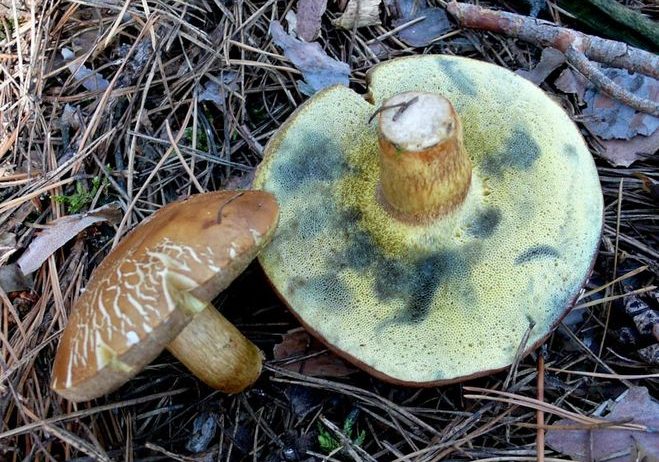 You may be interested in:
You may be interested in:Habitat
Shiitake grow in areas where there is wood, mainly on stumps and trunks. They can appear both in groups and singly, from spring to autumn, usually during the rainy season.
The natural range of lentinules is the wild forests of Japan and China. Here it can be seen on the trunks of chestnuts, maples, oaks, ebony. In southeast Asia, it grows on dead wood of deciduous trees, most often on spiky castanopsis. Lentinules are also found in the Primorsky Territory of the Russian Federation, here they can be found on the wood of Mongolian oaks and Amur linden.
Eating
Shiitake is an edible mushroom. According to its gastronomic characteristics, it is superior to champignons and oyster mushrooms, but inferior to boletus, although it is considered one of the most delicious in the East. This Japanese delicacy is prepared as an independent dish, and is also used as a seasoning for sauces, soups, salads and drinks.
In cooking, their hats are more valued, since the legs are more rigid and fibrous. Oriental chefs add chopped shiitake to meat and vegetable dishes to give them piquancy and a special aroma.
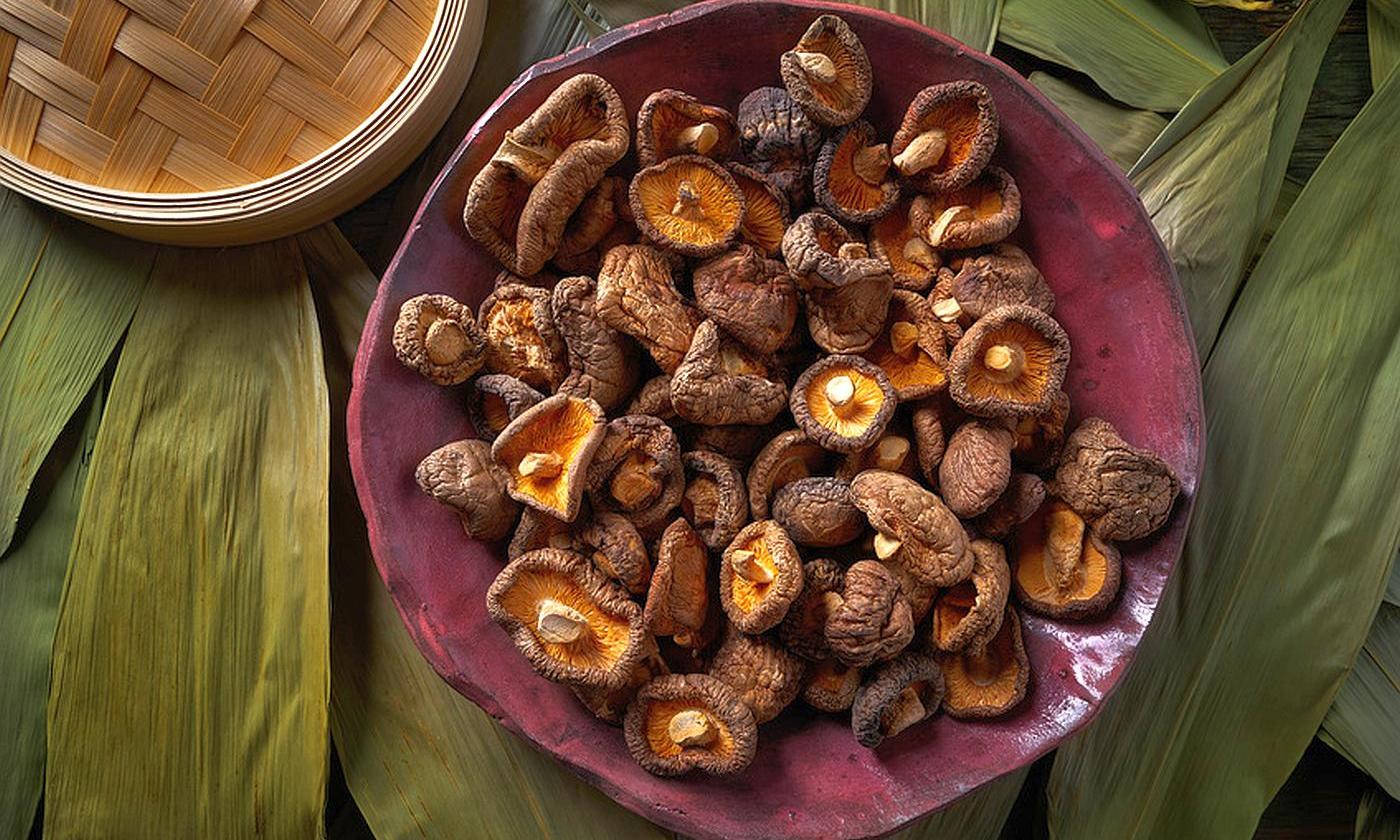
Lentinula has a sharp taste and a mushroom smell with subtle notes of radish. The peculiarity of this delicacy is that it can be eaten even in raw form.Boiled, fried or stewed shiitake lose their specific flavor and are more reminiscent of mushrooms familiar to Europeans.
Rules and gathering places
In nature, shiitake can be harvested for three seasons, from spring to late autumn. The largest crops appear after warm rains. To search for single mushrooms or large mycelium should be on old stumps or dead wood. In addition, lentinils can grow on sawdust.
It is best to have time to harvest before the edges of the hats are fully open. At this stage of development, lentinles are the most delicious and tender. They are not cut and not pulled out of the substrate, but twisted. To do this, simply turn the mushroom around its axis. About 2 weeks after harvesting, the second fruiting wave begins at the same place.
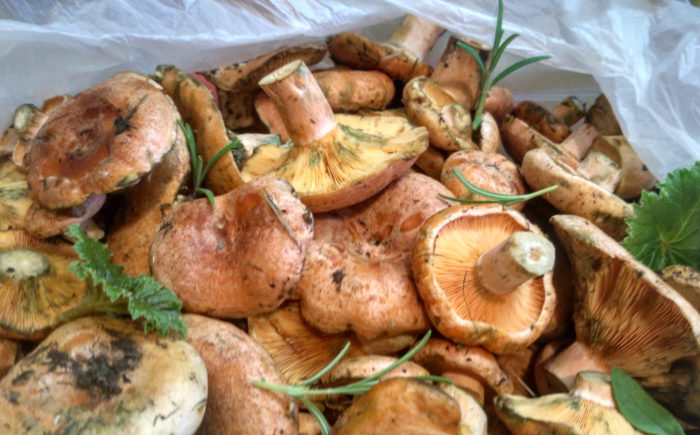 You may be interested in:
You may be interested in:Difference from false, inedible mushrooms
When it comes to forest mushrooms, the biggest danger is not to make a mistake and not put in the basket instead of the edible delicacy of its poisonous double. But this can not be feared when the goal of the “silent hunt” is shiitake. It belongs to monotypic mushrooms. This means that he has no false, inedible or poisonous “relatives”.
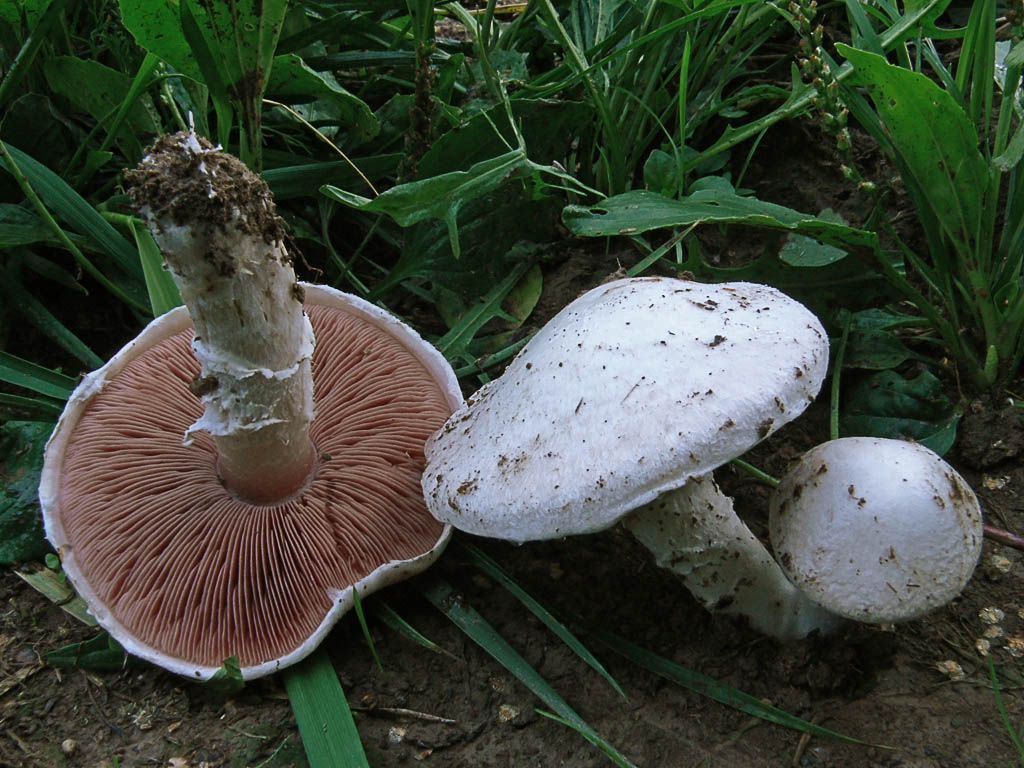
Inexperienced mushroom pickers can confuse shiitake with some types of champignons, for example, meadow mushrooms. But unlike the imperial mushroom, they do not grow on wood, but on pastures, edges, meadows and other open areas. Meanwhile, since both mushrooms belong to edible, such a similarity does not constitute a danger to the health of the mushroom picker.
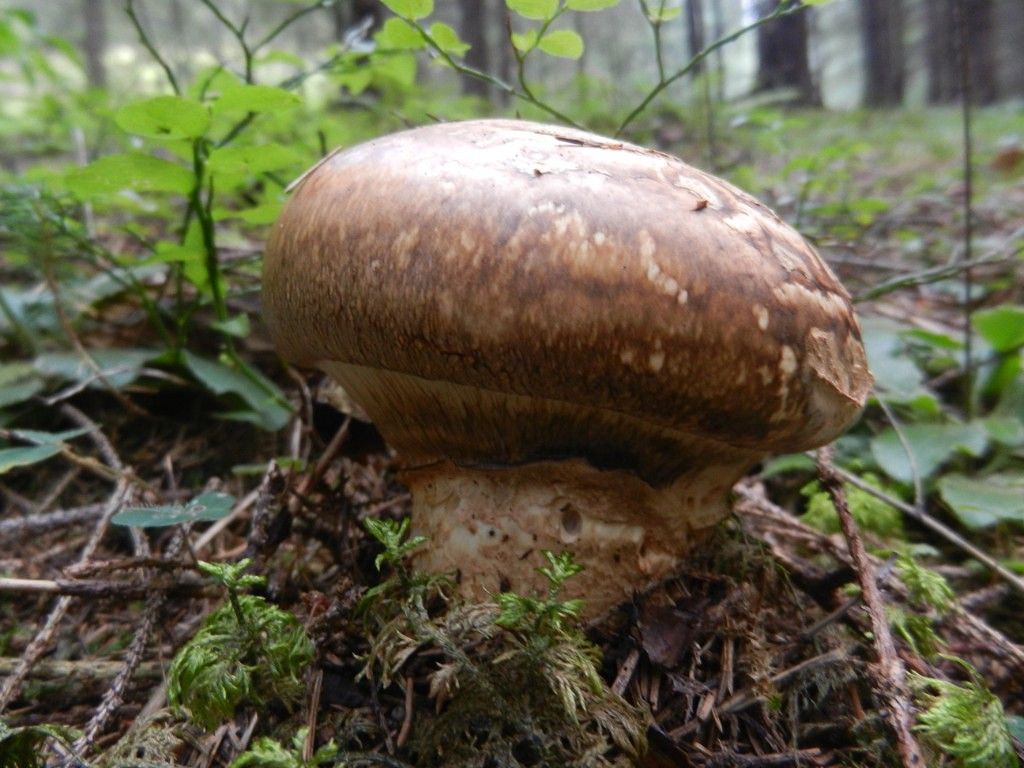
Mushroom pickers are more interested in the gifts of the forest, which, although outwardly very similar to shiitake, have dark spots on the lower part. Many consider them to be poisonous counterparts of the edible lentinile, but in reality it is the most ordinary imperial mushroom, only the old one. It is not toxic, but such a product will not bring benefits either, since its nutritional and medicinal properties are much worse than that of
Benefits of Shiitake and Restrictions on Use
Shiitake is a real storehouse of vitamins, minerals and other beneficial components that promote health. Therefore, the imperial delicacy is widely used not only in cooking, but also in alternative medicine.
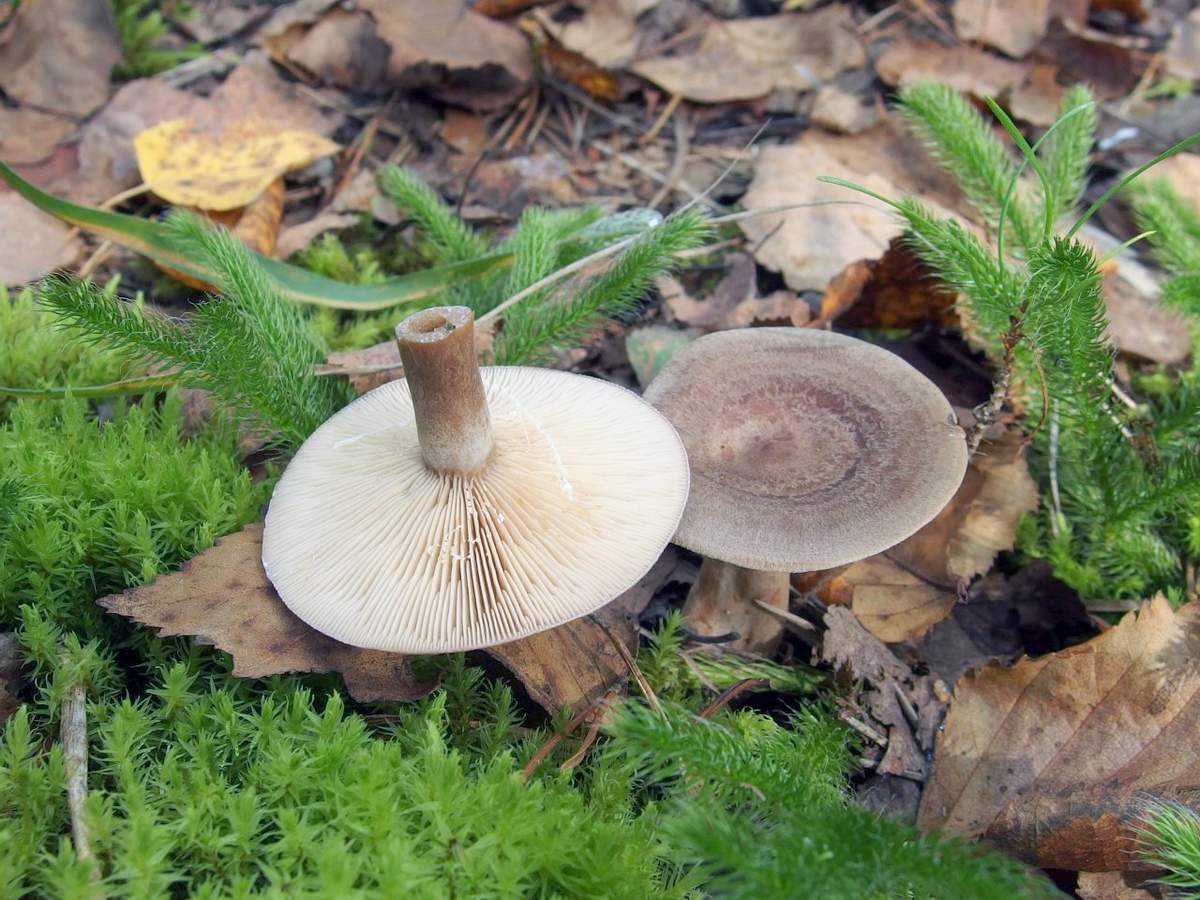 You may be interested in:
You may be interested in:Nutritional value
Lentinula is characterized by high nutritional value, and all its many beneficial properties are determined by its exceptionally rich chemical composition.
Shiitake well satisfies hunger and gives the body the necessary energy. 100 g of fresh product contains about 30 kcal, the same portion of boiled delicacy contains about 40 kcal, and dried - 300 kcal. It is an excellent source of proteins (almost 10 g per 100 g of dry product), amino acids essential for humans, as well as many vitamins, micro and macro elements.
Using the imperial delicacy, you can be sure that the body will receive many useful substances, such as:
- B vitamins;
- Vitamin D
- zinc;
- potassium;
- calcium;
- iron;
- magnesium;
- manganese;
- phosphorus;
- sodium;
- chitin and others.
All of them are indispensable for the proper functioning of the human body.
The healing properties of shiitake
The healing properties of shiitake were known in ancient China. In the old days, emperors used mushroom broth, believing that this remedy helps to maintain youth and prevents diseases. From ancient times, lentinula was also valued in Japan, where it was called the elixir of life and respected along with ginseng. Today, shiitake extract as an active ingredient is used in anti-aging cosmetics. By the way, they say that the secret of the beautiful skin of Japanese geishas lies in the lentinil.
With regular use, shiitake have a number of advantages for the body:
- improve overall health;
- tone the nervous system;
- treat a cold;
- purify the blood;
- lower cholesterol;
- normalize blood sugar;
- beneficial effect on the digestive tract;
- increase resistance to stress;
- remove toxins from the body;
- relieve fever;
- increase male potency.
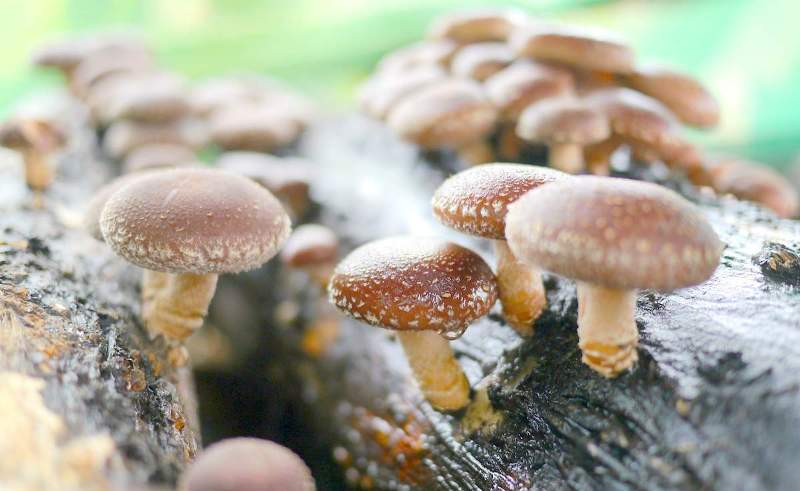
Lentinyl-based foods and medications are helpful if you have:
- high cholesterol;
- diseases caused by reduced immunity;
- diabetes mellitus;
- viral diseases (herpes, influenza, smallpox, polio, hepatitis, HIV);
- diseases of a bacterial nature (bronchitis, tuberculosis, coccal flora);
- cardiological disorders (atherosclerosis, coronary heart disease, hypertension, tendency to thrombosis);
- candidiasis;
- ophthalmic disorders;
- some types of cancer;
- gastrointestinal ulcer;
- gout
- constipation
- liver disease;
- diseases of the upper respiratory tract;
- obesity.
For the prevention of malignant tumors take alcoholic infusion Shiitake. The medicine is prepared from 60 g of mushroom powder and 800 ml of vodka. The mixture is insisted in a cool place for 30 days. Take 1 teaspoon before each meal for a month, then take a break.
For most other diseases, it is advised to use dried mushroom powder. The daily portion of a natural medicine is 6-16 g. The powder can be consumed both raw and added to soups or to prepare a decoction from it. To strengthen the immune system and increase tone, it is also useful to drink mushroom powder: 1 tsp. three times a day before meals, the course is 1 month.
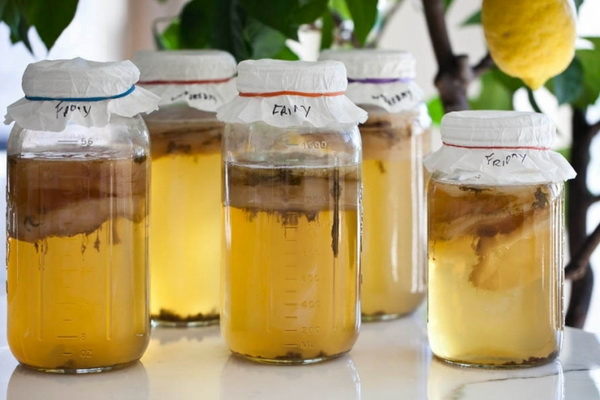
For cosmetic purposes, use an infusion of mushrooms. 2 parts of water and 1 part of crushed mushrooms insist in a dark place from a week to 10 days. With this tool, it is useful to wipe problematic and aging skin daily.
Despite the huge list of benefits, shiitake also has contraindications. So, the imperial delicacy should not be consumed by children under 7 years old, asthmatics, people prone to allergies, as well as pregnant women and women during lactation.
Growing Shiitake at Home
In nature, lentiniles grow on stumps and logs, but people have learned to grow them on sawdust. At home, the delicacy is germinated on substrate blocks infected with mycelium.Mushrooms grown in this way are distinguished by high palatability, although their medicinal properties are inferior to the natural counterpart.
Lentinula is usually grown on sawdust of oak, maple or beech. Sometimes for this purpose they use aspen, alder, birch, poplar, willow. But the coniferous substrate is categorically not suitable, since the presence of resins in it inhibits the development of mycelium.
As fertilizers that accelerate growth, you can use grains and bran of cereals (barley, wheat, millet, rice), legumes, waste from beer production and other components saturated with nitrogen and carbohydrates. To create the optimum level of soil acidity, chalk or gypsum is added to the substrate.
First, the substrate is Packed in bags of material with good breathability (for example, agrofibre). During the day it is kept at a temperature of 60 degrees, then another 3 days - at a temperature of 50 degrees.
After that, mycelium is added to the substrate (calculated as 20 g of mycelium per 2 kg of substrate), transferred to plastic bags and kept in greenhouse conditions for 2 weeks. To accelerate the germination of seeds, it is necessary to spray the soil from time to time with water, thus creating an imitation of rain. Soon the first mushrooms will become noticeable in the bag.
Recipes and cooking features
If oriental culinary specialists cook mainly from fresh mushrooms, then in Europe they often use dried lentiniles. Japanese and Chinese gourmets claim that after drying, shiitake lose their unique taste and aroma, therefore they often prefer a product that has not undergone heat treatment.
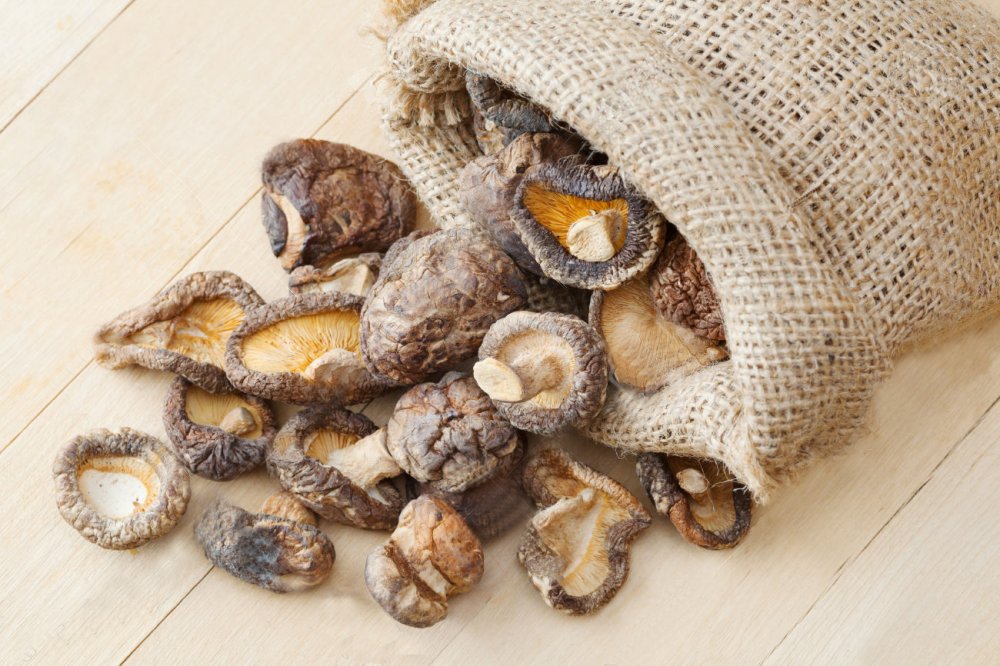
Europeans, by contrast, choose an option that is devoid of a specific smell and taste. However, everyone has the right to choose which mushrooms to eat - fresh or after heat treatment.
Fried shiitake with pepper
This dish is very easy to prepare. Essential Ingredients:
- 250 g of fresh mushrooms;
- 2 bell peppers;
- 2 cloves of garlic;
- 3 tbsp. l vegetable oil;
- 1 bunch of dill.
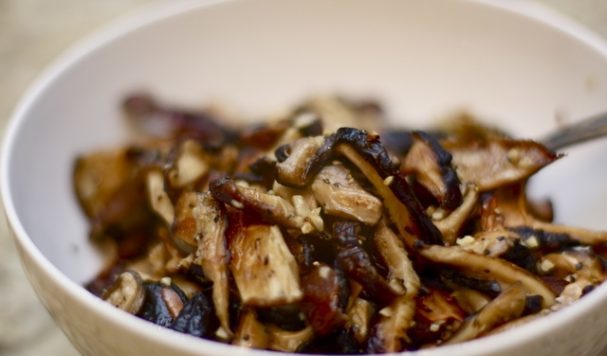
Remove seeds from pepper, rinse the vegetable and cut into strips. Grind garlic and dill. Peel the mushrooms, cut the hats into slices. Put pepper and mushrooms in a pan with hot oil. Constantly stirring to bring to readiness. Add garlic, dill and spices, and then cook for another 1 minute.
Shiitake Soup
Ingredients:
- 150 g of fresh shiitake;
- 1 onion;
- 50 g butter;
- 45 ml of olive oil;
- 15 g of flour;
- 200 ml of milk;
- 300 ml of water;
- salt pepper;
- greenery;
- lemon juice.
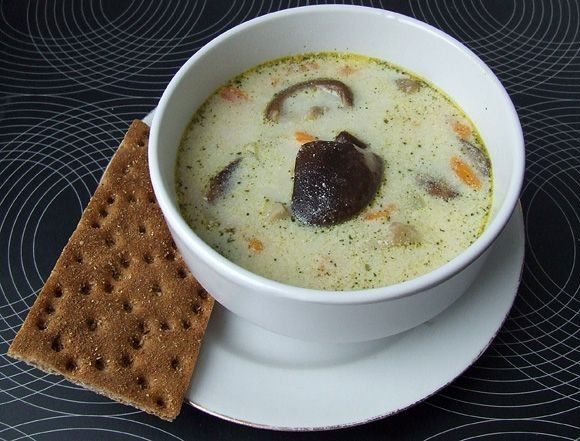
This soup can be cooked from both fresh and pre-dried mushrooms. If you choose the second option, then before cooking, the product must be poured with cold water for 5 minutes. Boil the mushrooms for 40 minutes and grind after cooling. Cut the onion into small cubes, fry in vegetable oil. Mix with mushrooms and fry for another 5 minutes.
Add butter, spices and flour, stirring, bring to a homogeneous mass. Pour in water and cook for about 10 minutes, after which add a thin stream of milk and bring to a boil. Simmer for 3 minutes over low heat. Allow the dish to cool slightly, beat in a blender. Serve with greens by pouring a little lemon juice on top.
Answers to widespread questions
Hippocrates once said: "Make your food medicine, and medicine - food." Japanese delicious shiitake mushrooms are the best suited for this rule. After all, they are not just delicious food, but a powerful tool that can improve well-being and health.

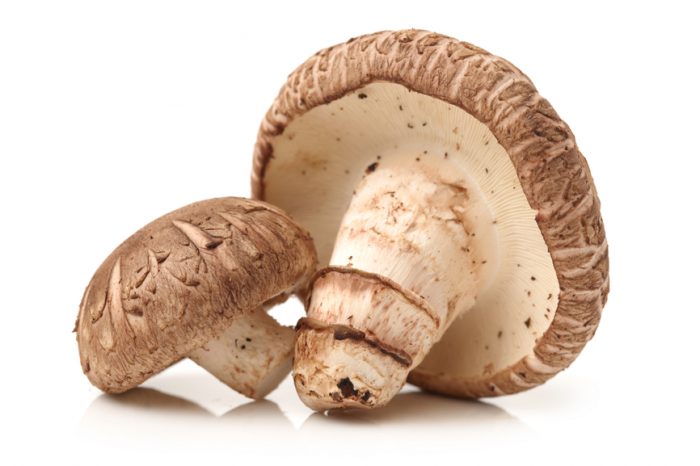
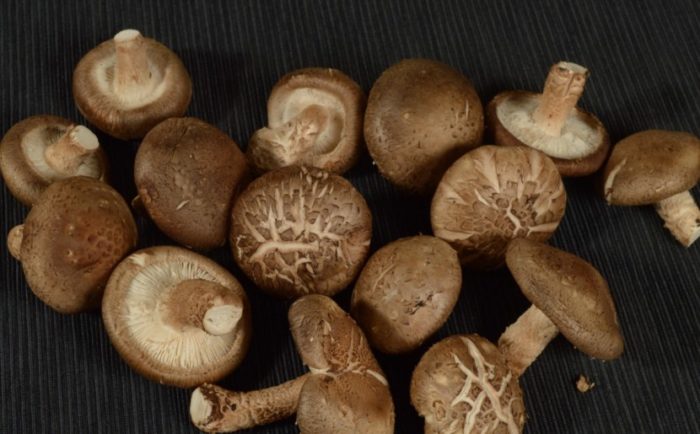
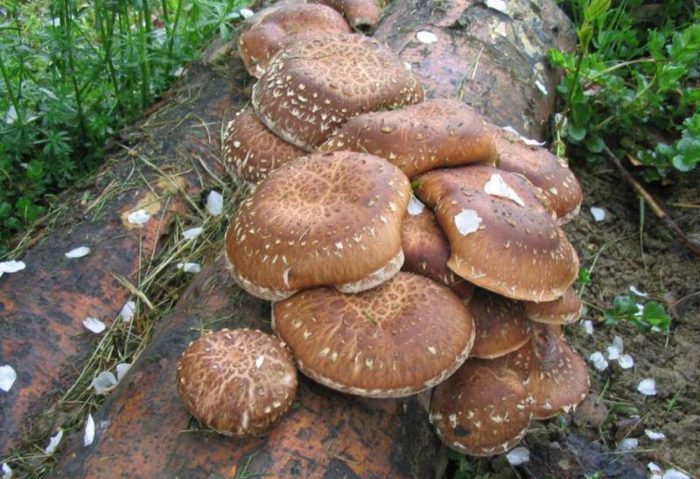
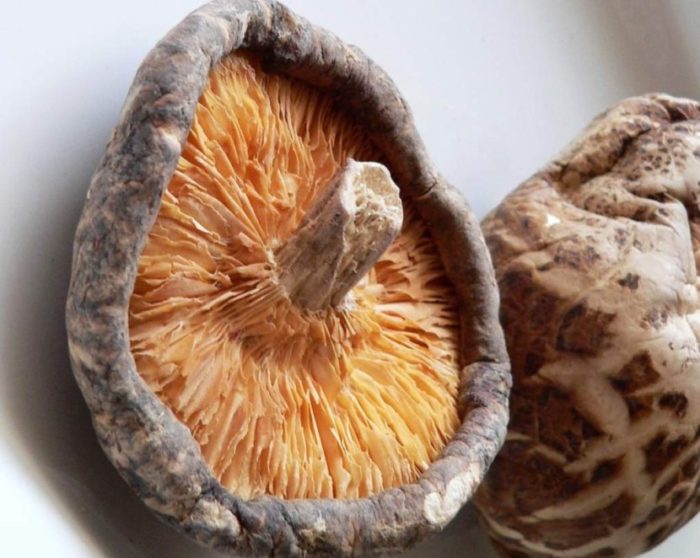
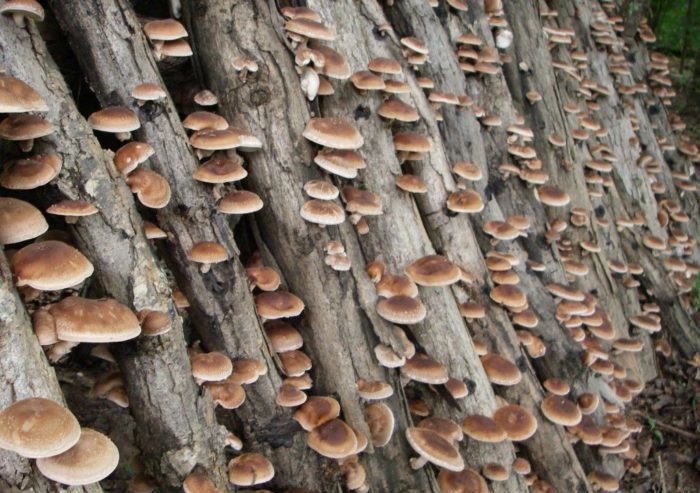
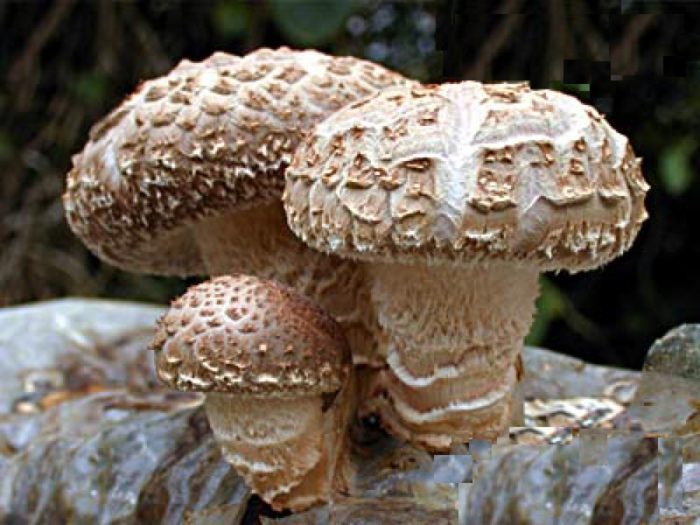
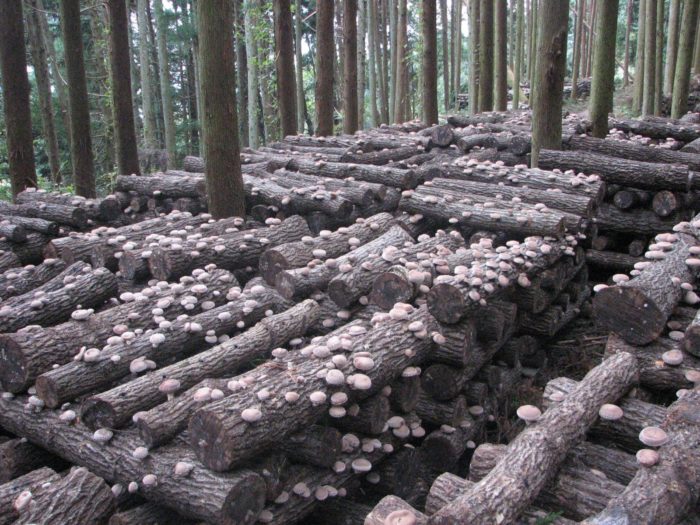
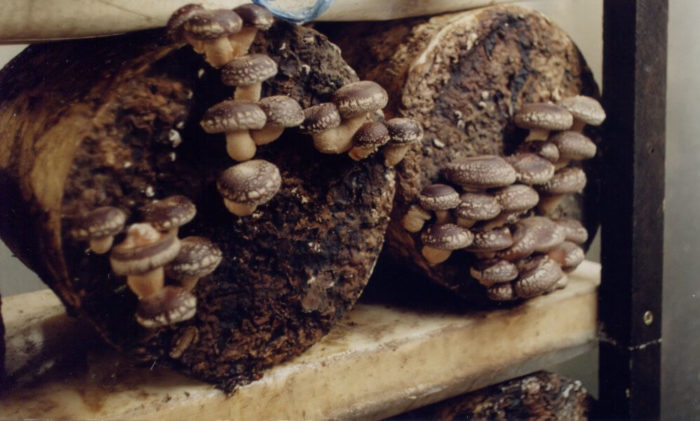
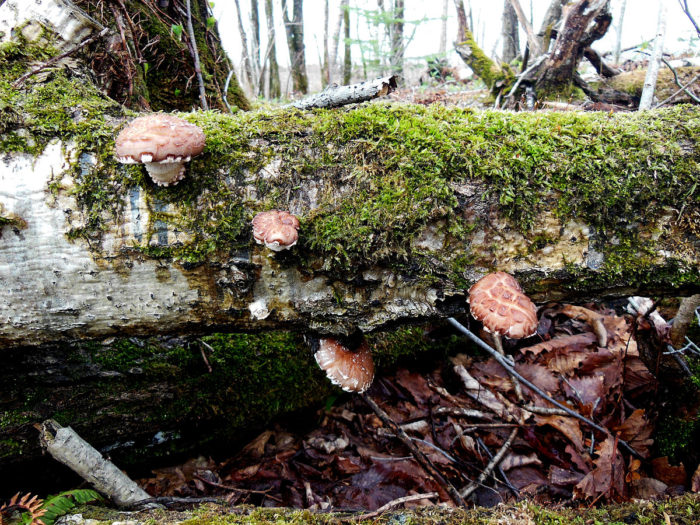
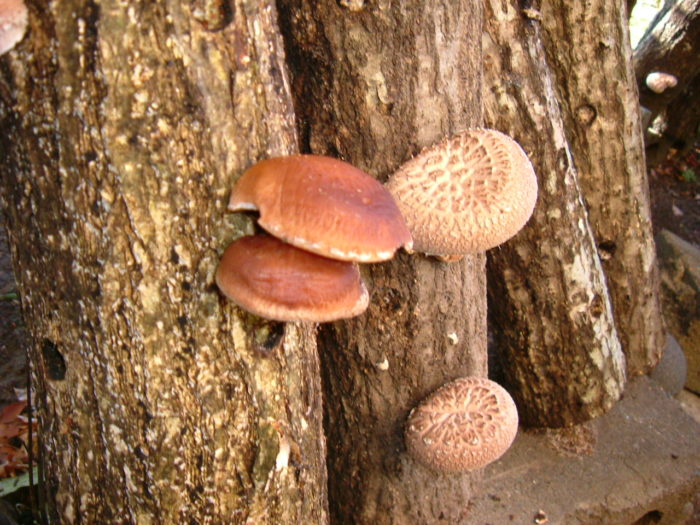
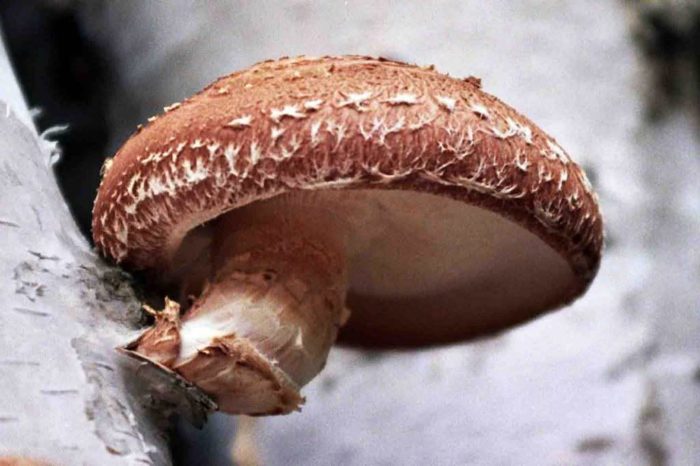
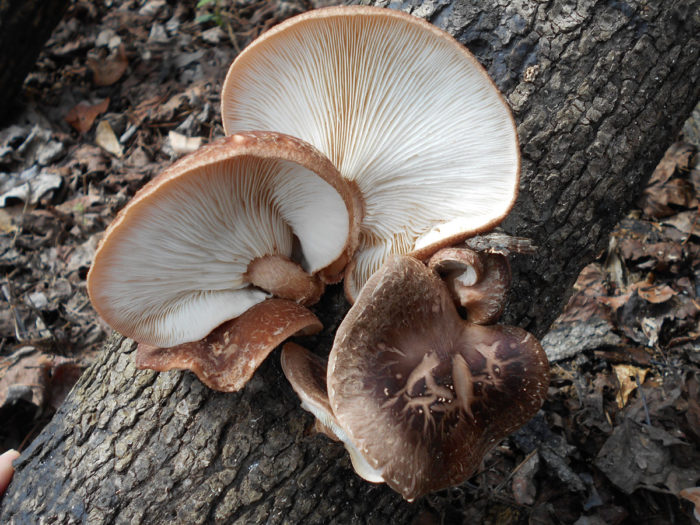



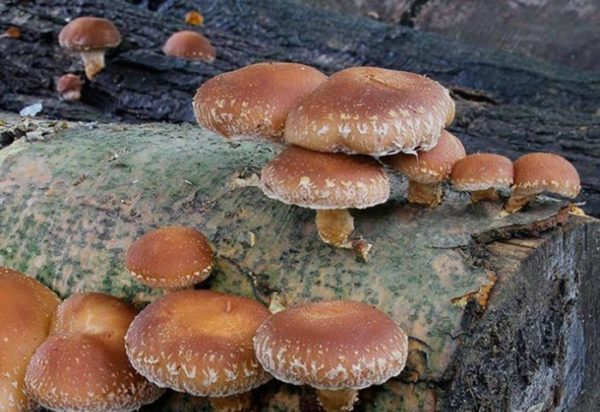
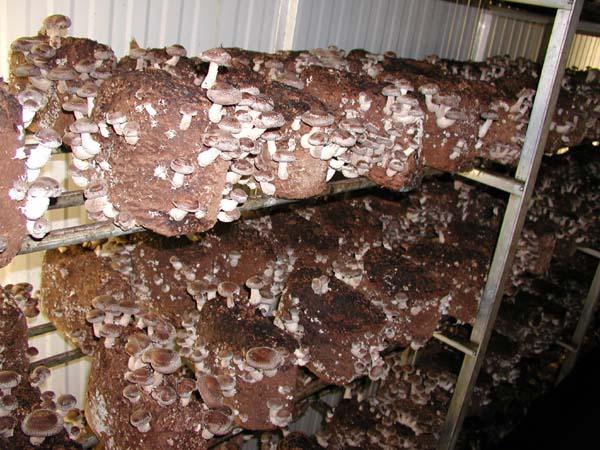
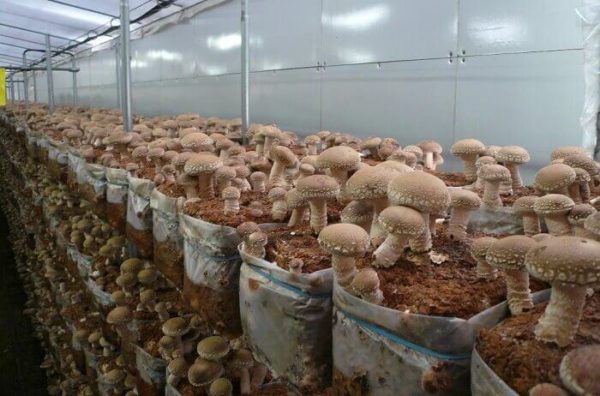
 Care and use of Kombucha at home (+22 photo)
Care and use of Kombucha at home (+22 photo) Edibility of the fungus of the motley umbrella and its description (+19 photo)
Edibility of the fungus of the motley umbrella and its description (+19 photo) Description of edible and inedible oils, their poisonous counterparts (+40 photos)
Description of edible and inedible oils, their poisonous counterparts (+40 photos) Useful properties of milk mushroom and its contraindications (+17 photos)
Useful properties of milk mushroom and its contraindications (+17 photos)